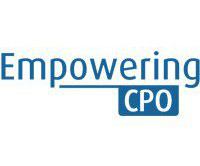Understanding Offshoring, Onshoring, Nearshoring, and Rightshoring in Procurement
Una
OCTOBER 12, 2023
Understanding Offshoring, Onshoring, Nearshoring, and Rightshoring in Procurement Explore the nuances between offshoring and other approaches to procurement and how each one can impact the bottom line, supply chain resilience and overall strategic objectives. Offshoring Offshoring is the opposite of onshoring.











Let's personalize your content